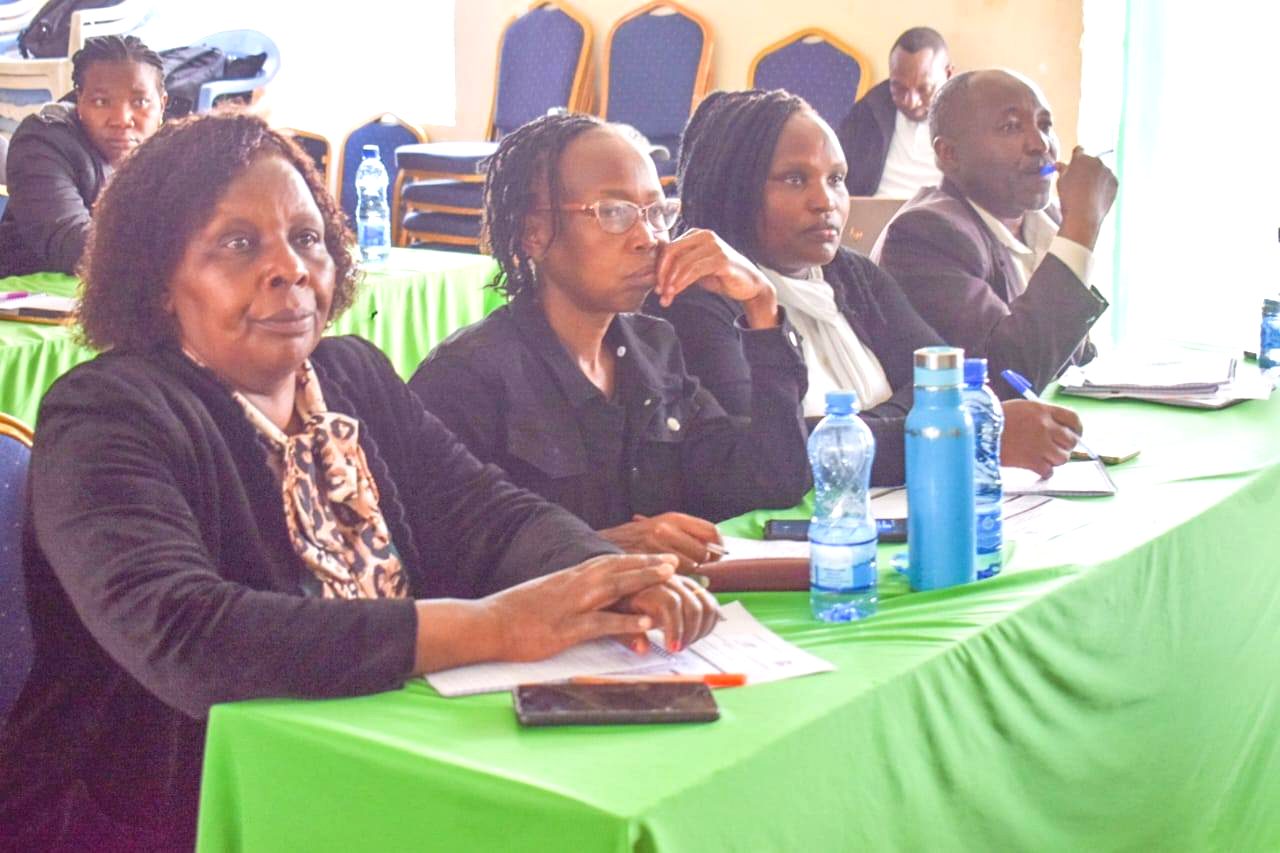By Justina Chomba
Plans to expand the existing public secondary schools in preparedness for the 2023 double intake are in top gear with the first two steps of the process done.
The schools countrywide had already been sensitized and Sub-county committees in charge of selection of competent contractors to build the extra classes for junior secondary formed.
The government is set to construct 11,600 new Competency Based Curriculum (CBC) classrooms across the country at a cost of Sh9.2 billion.
This is as the nation prepares for double transition in the next one year when the premier CBC class, currently in grade five, graduates to junior secondary school.
Rift Valley Regional Commissioner, George Natembeya said the region will get 1,680 new CBC classrooms out of the 11,600 set to be constructed countrywide.
He said the State has to expand the existing secondary schools due to the double intake in 2023 to accommodate the class eight graduates and their colleagues who will be exiting primary education at Grade 6.
Speaking on Mashujaa Day last in October, President Uhuru Kenyatta said 10,000 classrooms will be constructed for the double intake at a cost of Sh8.1 billion but the responsible ministry has settled on 11,600 classes at Sh9.2 Billion.
The president said the move was to facilitate the required accommodation of more than one million students set to join high school in 2023.
He also urged parliamentarians to prioritize the construction another 10,000 classes through the National Government Constituency Development Fund (NG-CDF) which would bring the new classes to 21,600.
Natembeya said the programme had taken off well in Rift Valley and had completed the first two sessions, which included sensitization at the regional, county and sub-county levels.
He said that the sub-county committees had been formed with their first mandate being to pre-qualify local constructor to undertake the work.
“The contractors have started tendering their applications to the committees and the process which was supposed to end on 12Th November has been pushed by a month to 12Th December,” he said.
Natembeya revealed that the government chose to empower the local contractors by allowing them the opportunity to build the classes adding that the committees would vet and identify construction companies fit for the task.
The Regional administrator said the 1,680 classes in Rift Valley would be constructed at 868 schools with the cost of each classroom being expected to cost a maximum of Sh788, 000.
“Proper pricing has been done and the government is sure that the money is sufficient for the construction of decent classes and reasonable profit for the contractors as well,” Natembeya said.
He added that not all schools will get the extra classes during the pilot programme but was optimistic that all learners would transit smoothly.
“The government will come up with stop gap measures to accommodate them all as the education system changes from 8-4-4 to 2-6-3-3-3,” he said.
The regional administrator was optimistic that the Rift Valley will beat the April 2022 deadline to have completed the construction of the new classrooms.
Nakuru County will be the biggest beneficiary owing to her population with 541 classrooms across 322 schools, followed by Trans Nzoia County, which has been allocated 350 classrooms.
Baringo County that was largely affected by the floods with some schools being submerged has been allocated 200 new classrooms in the pilot programme.
Nandi and Kericho counties have been allocated 312 and 308 classrooms respectively as Turkana and Samburu get 66 and 45 classrooms in that order.
Natembeya said it was unfortunate that students were burning schools while the government was in the race to expand the institutions for 100 per cent transition from Primary School and the double intake as the country moves from 8-4-4 to CBC.






